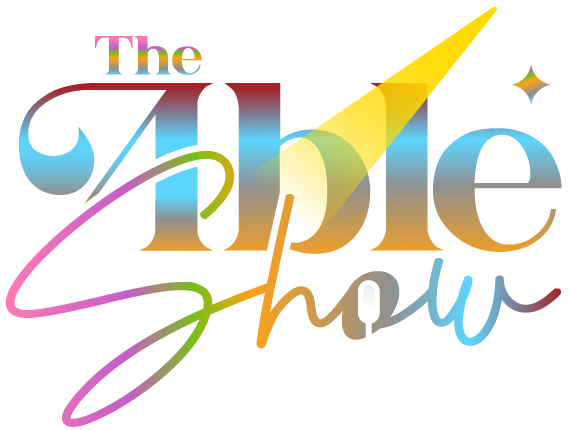What has become more critical in media is showing a representation of particular groups of people. We must represent these groups appropriately, regardless of race, culture, or disorder. One of these groups that is difficult to define properly is individuals with Autism. However, there comes a time when you find representation from characters who aren’t considered autistic. How about we take a deep dive into some character traits and see if they fit in the spectrum?
Why is Autism challenging to represent
It’s hard to represent Autism correctly because it’s a broad spectrum encompassing GetSafe, some common traits, social skills, Sensory processing, Motor skills, Executive functioning, Emotional regulation, and Special interests or talents. However, these traits are invisible and can be hard to identify if you’re not knowledgeable. Each autistic case is different, leading to a broad spectrum.
Unintentionally Accurate
Oddly enough, given what we know about autistic traits, it’s surprisingly easy to attribute those traits to particular characters. Although these characters weren’t intended to be autistic, they exhibit traits that match well-known characteristics.
One example that comes to mind would be D-16/Megatron from Transformers One. A video essay from Lord of the TORBs goes into great detail about both the film’s main characters; however, I’d like to focus on one of them. In particular, the trait that D-16 portrays that I’d like to focus on is Emotional regulation. The film D-16 has an emotional outburst followed by a shutdown period until the climax. Although the situation is inaccurate, we rarely see it in the cinema.
Closing thoughts
Oddly enough, given what we know about autistic traits, it’s surprisingly easy to attribute those traits to particular characters. Although these characters weren’t intended to be autistic, they exhibit traits that match well-known characteristics.
One example that comes to mind would be D-16/Megatron from Transformers One. A video essay from Lord of the TORBs goes into great detail about both the film’s main characters; however, I’d like to focus on one of them. In particular, the trait that D-16 portrays that I’d like to focus on is Emotional regulation. The film D-16 has an emotional outburst followed by a shutdown period until the climax. Although the situation is inaccurate, we rarely see it in the cinema.
https://theableshow.com/unintentional-representation-of-the-spectrum
Sources:
https://www.getsafe.com/autism-wheel-vs-the-autism-spectrum/.
